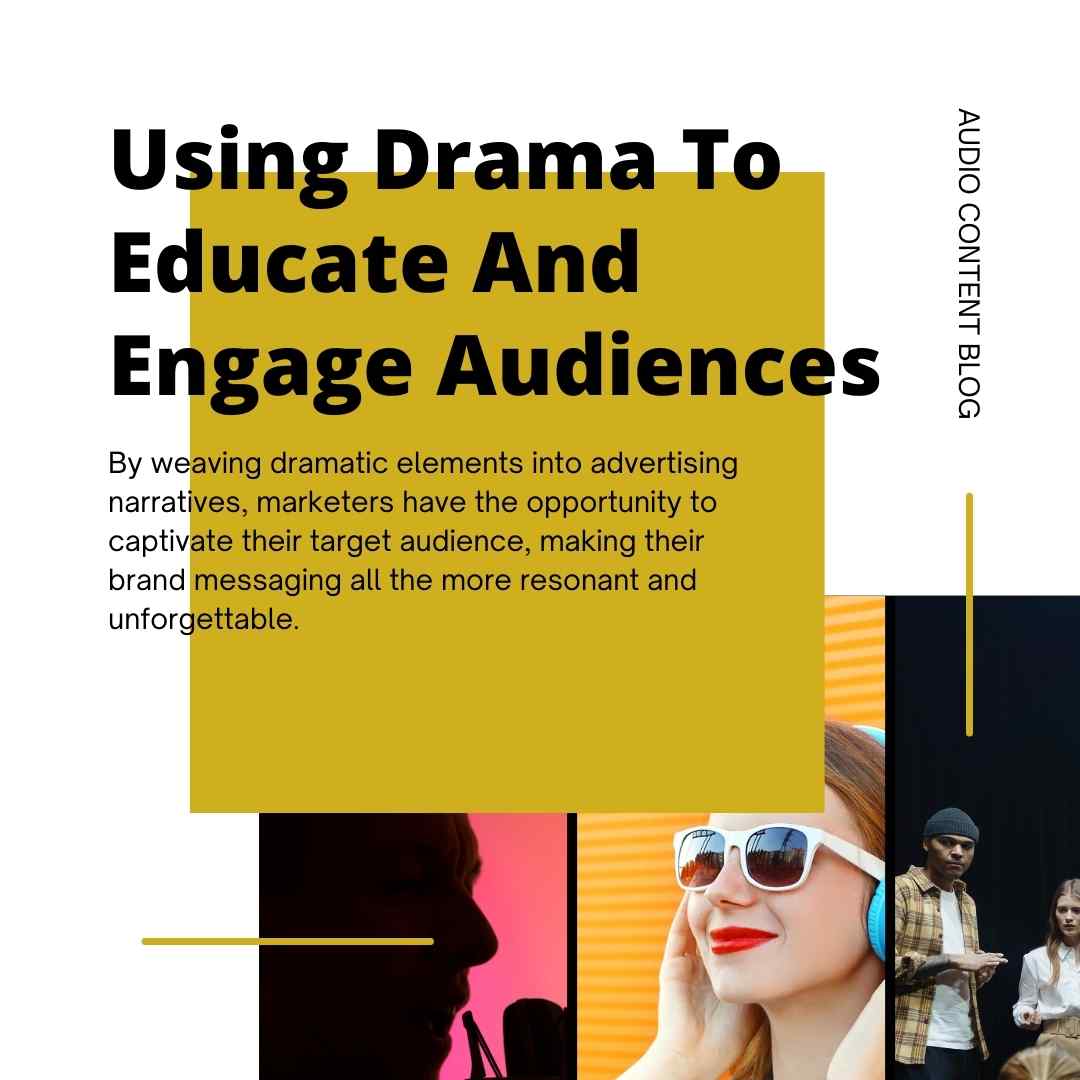Playwrights spanning from ancient times with Sophocles to the modern era with Brecht have harnessed the theater to educate, inform, and even shift societal perspectives on political and moral issues. This long standing relationship between drama and education is further illustrated by the Ancient Greeks, who saw therapeutic qualities in drama, often situating hospitals in proximity to amphitheaters to leverage its healing benefits. Additionally, during the Middle Ages, the Christian Church utilized morality plays as a vehicle to convey Biblical narratives, specifically targeting a predominantly illiterate populace.
The challenges that surface in the modern workplace, such as conflict resolution, change management, and crisis intervention, necessitate training approaches that are both immersive and grounded in reality. While traditional educational methods may prioritize the sheer accumulation of facts, drama champions an active and engaged learning experience where participants find themselves deeply engrossed in realistic scenarios.
Drama, by its definition, is a vibrant interplay of real and imagined events, allowing individuals and groups to traverse, represent, and dissect a myriad of ideas and emotions. It serves not only to foster aesthetic appreciation but also elegantly combines both emotional and cognitive responses to the world around us. Drama-centric learning facilitates a reframing of one’s existing knowledge base, putting learners at the very heart of the program’s design. This, in turn, cultivates introspection and a more profound understanding of oneself and the broader community.
For marketers contemplating the integration of audio drama into advertising, the inherently experiential and connective nature of drama can be profoundly effective. Its ability to resonate on deeper, more personal levels means that audiences are not just passive recipients but are actively engaged. By weaving dramatic elements into advertising narratives, marketers have the opportunity to captivate their target audience, making their brand messaging all the more resonant and unforgettable. In essence, drama’s rich history and intrinsic properties render it a versatile and potent tool for conveying intricate messages, positioning it as a compelling strategy in the arsenal of modern-day marketing.
Using song and drama to educate and engage employees can be an innovative and effective method for internal communication, training, and development. While specific examples of organizations using these methods might not be well-documented or publicly available, there are instances and approaches where creative arts have been utilized for employee education and engagement across different sectors.
NinjaCat:
The marketing data and analytics platform just recently released “Big Data Day” an audio drama/musical about data management.
Google:
The Google Musical: In 2012, Google created an internal musical as a fun, unique way to communicate with their employees and instill company culture and values. This musical was performed by and for Google employees, involving them in both the creation and enjoyment of the performance.
Southwest Airlines:
Known for its unique and fun corporate culture, Southwest has employed various creative methods for engaging and training its employees. Flight attendants have often used rapping and singing to deliver safety instructions to passengers, and similar creative, fun, and musical approaches are encouraged within the company for various training and communications.
Deloitte University:
Deloitte has been recognized for using experiential learning methods, which sometimes involve role-playing and dramatic scenarios to help employees understand and navigate complex consulting and advisory situations.
General Electric (GE):
GE has utilized storytelling and theatrical methods in some of their leadership training and team-building activities. By involving employees in scenarios where they play roles and navigate through a story, learning becomes interactive and engaging.
Zappos:
Zappos is known for its dynamic and unconventional corporate culture. They often use playful and creative approaches, like parades, fashion shows, and internal performances to communicate messages and build team spirit among employees.
Healthcare organizations:
Some healthcare organizations have used drama and role-play to train staff in patient care. By acting out scenarios, employees get a hands-on experience that aids in understanding patient needs and enhancing communication skills.
IBM:
IBM has created simulations and interactive dramas for its leadership development. Employees step into a story where they make decisions and see their impacts in real-time, enhancing their learning experience.
Educational Institutions:
Not restricted to businesses, many educational institutions use drama and role-play among their staff to manage change, facilitate professional development, and enhance educational delivery.
Non-Governmental Organizations (NGOs):
Some NGOs have employed theater and drama for internal training on various topics, like communication, empathy, and social issues, thereby promoting experiential learning among their staff.
Although the specifics of these programs are often kept internal, the creative use of song, drama, and other arts in corporate learning environments is a growing trend, utilized to make learning more engaging and effective. This method allows employees to interact with the material in a more dynamic way, often leading to better retention and understanding of the content. Remember that the implementation details might vary widely among different organizations and over time.
Drama, an age-old medium, has found its modern-day relevance not just on the theatrical stage but in the realms of advertising and employee training. In advertising, drama offers brands an unmatched ability to captivate, resonate, and forge deeper emotional connections with audiences. It transforms standard advertisements into memorable narratives that linger long after their initial engagement.
On the other hand, when applied to employee training, drama transitions learning from mere fact accumulation to an immersive, experiential journey. It encourages active participation, self-reflection, and a profound understanding of the subject matter. In both domains, the integration of drama promises enhanced effectiveness, richer experiences, and a fresh perspective on traditional methods.
As businesses look toward innovative strategies to stay ahead, harnessing the power of drama might just be the game-changer they need. Whether it’s for selling a product or building a more informed workforce, drama is poised to play a starring role.

